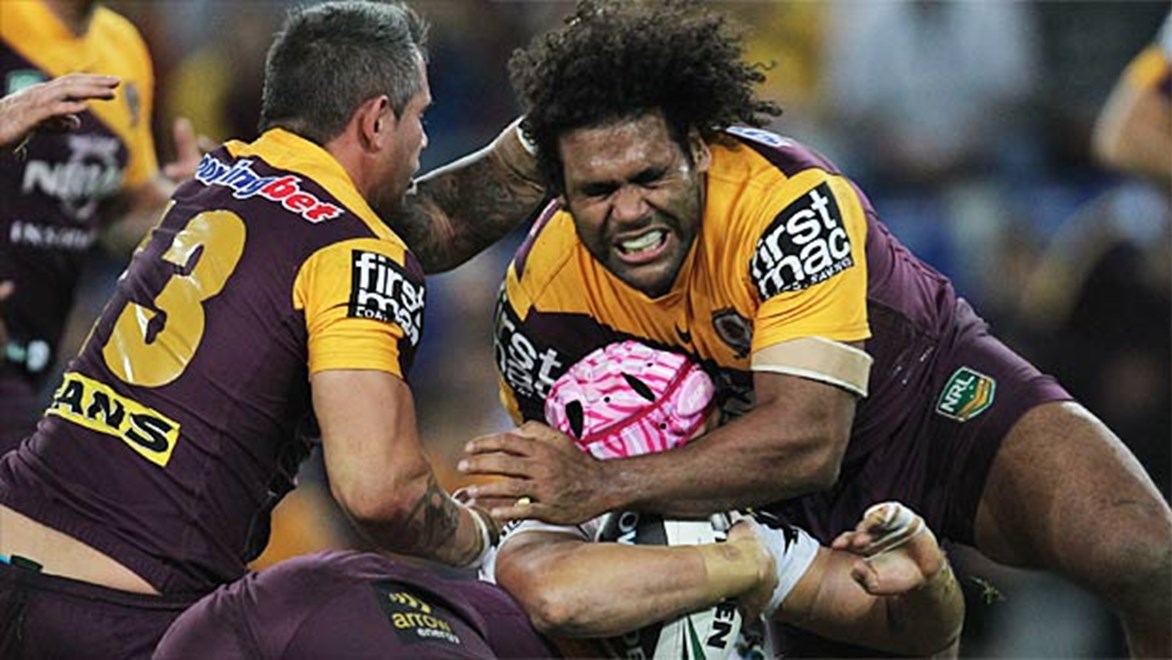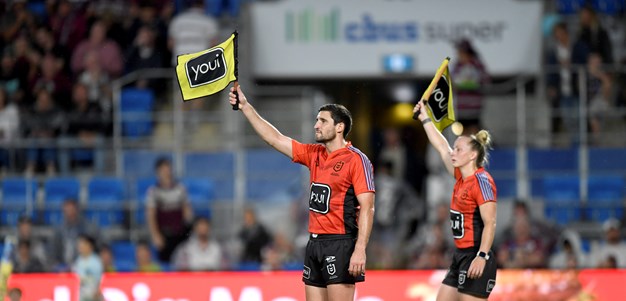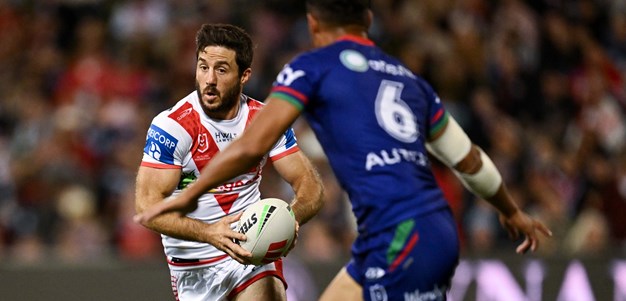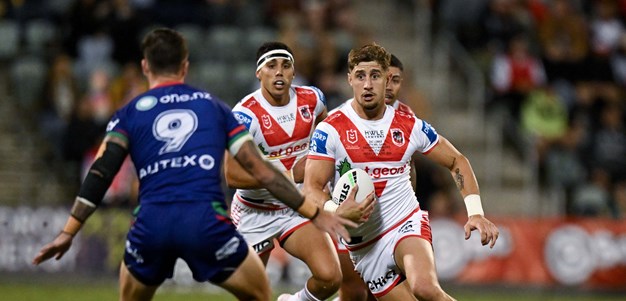

Through Round 19 a total of 927 tries have been scored in the Telstra Premiership; from that, 446 (that’s 48 per cent) have originated when the play-the-ball has been within 10 metres of the try line. The best at repelling invaders have been the Roosters, who have conceded only 19 tries inside their own 10-metre zone – followed somewhat surprisingly by the Broncos on 20, then the Storm on 21 and the Rabbitohs and Bulldogs on 23.
To successfully defend your try line and stop points or repeat sets from being put against you, teams need to be desperate and also display good mental toughness getting off their line. It’s a fact that the good defensive teams in the competition protect their try lines as though their lives depend on it.
That said, there are also some defensive strategies that may vary slightly from club to club that, when used effectively, can nullify a team’s offence. Like in other areas of play, much of it depends on the speed of the play-the-ball, which will then affect the positioning of a team’s markers. This then has a domino effect, dictating defensive line-speed.
All of the above points to the importance of winning that battle in the ruck. It’s an area where penalties are blown more frequently than footy players get bad haircuts! It’s because of this that most teams will slow the ruck down and, in turn, give themselves the best opportunity to stop the next play.
Many teams in the competition, including Melbourne, Newcastle and South Sydney, only use one marker when defending inside their own 10, enabling them to have an extra man in the defensive line. Other well-drilled defensive teams like Canterbury-Bankstown and Manly will deploy two markers right back to their try line – but often they struggle to be square at marker. Still, when playing against smart dummy-halves such as Cameron Smith and Robbie Farah, who can ‘sell’ one way and jump the other, it can be good practice to utilise the two-marker tactic.
Further, teams defending need to be tight in and around the ruck close to their line because quite simply that is the easiest place to score from. But they also need to have some width and numbers on the edge, due to the reduced space behind them with which to defend.
If you’re an edge defender, you need to get forward and ‘buy’ some space behind you. You can’t slide or drift when defending your try line. It is imperative that the defenders inside you get forward hard and make the attacking playmakers play ‘early’. This helps the edge defender make the correct decisions out on the fringes.
Another tactic when defending on your try line is positioning the fullback one-off the ruck, thus presenting another extra man in the defensive line. That player will then tuck in behind the defensive line once the ball has gone past him, covering any potential kicks and also assisting if an attacking player pokes his nose through. The risk, however, comes against teams that possess good short-kicking games, as you are provided with more vacant space in the in-goal.
It is virtually impossible for the fullback to cover every option when defending the try line so it’s important for the defender who is situated three players in from the sideline (usually the halfback or five-eighth) to help cover those clever kicks into the in-goal.
Wingers are vital to strong try line defence. Regardless of formation, they have a responsibility to get up and catch all cross-field kicks and bombs. To be fair to those flyers out wide though, it certainly helps if your mates on the edge are escorting the chasers off the ball.
Whichever tactic your team’s coach chooses, there is a saying that I like my teams to exercise when defending their try lines: “Do whatever it takes!”
Within the rules, of course...




